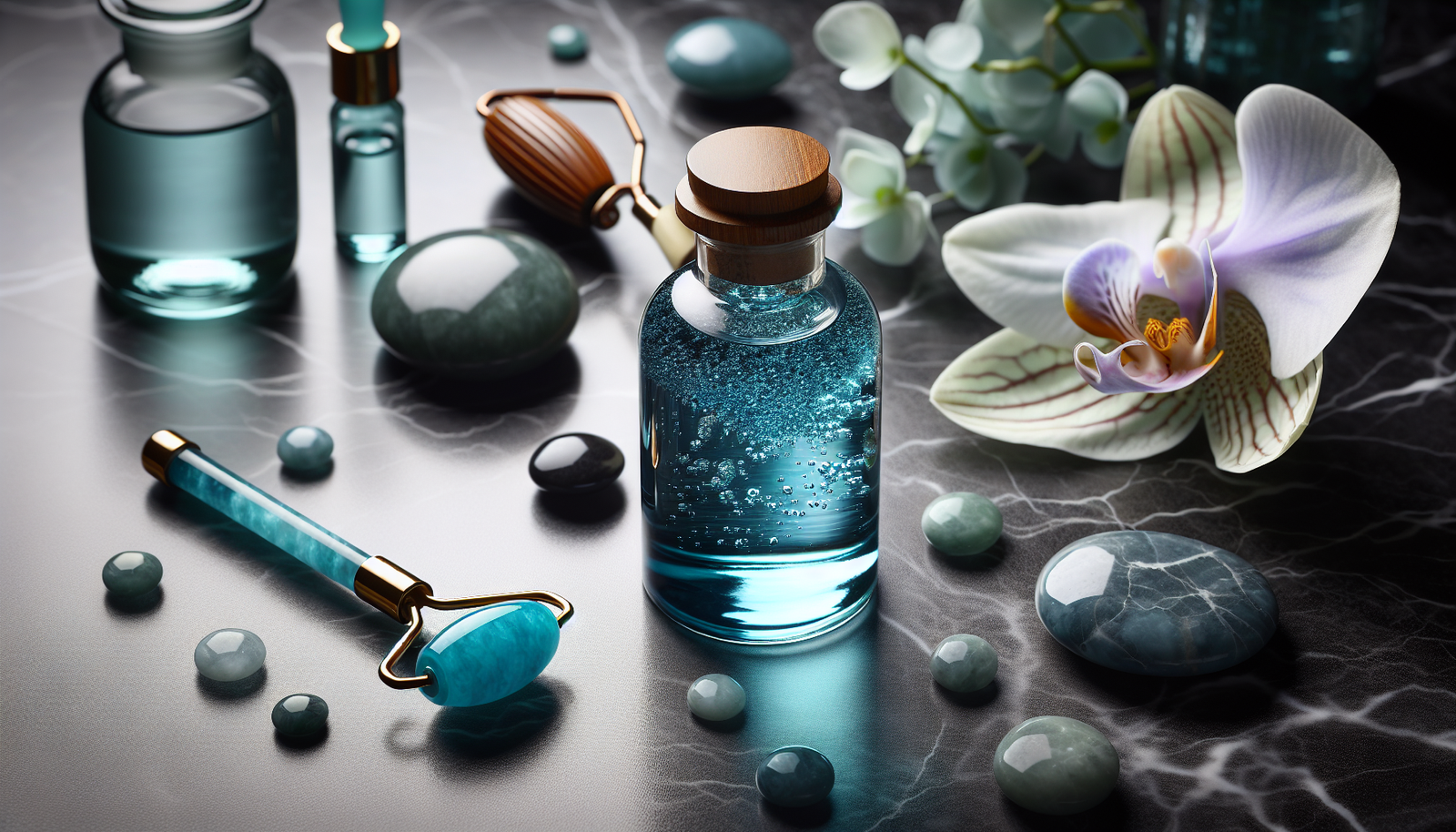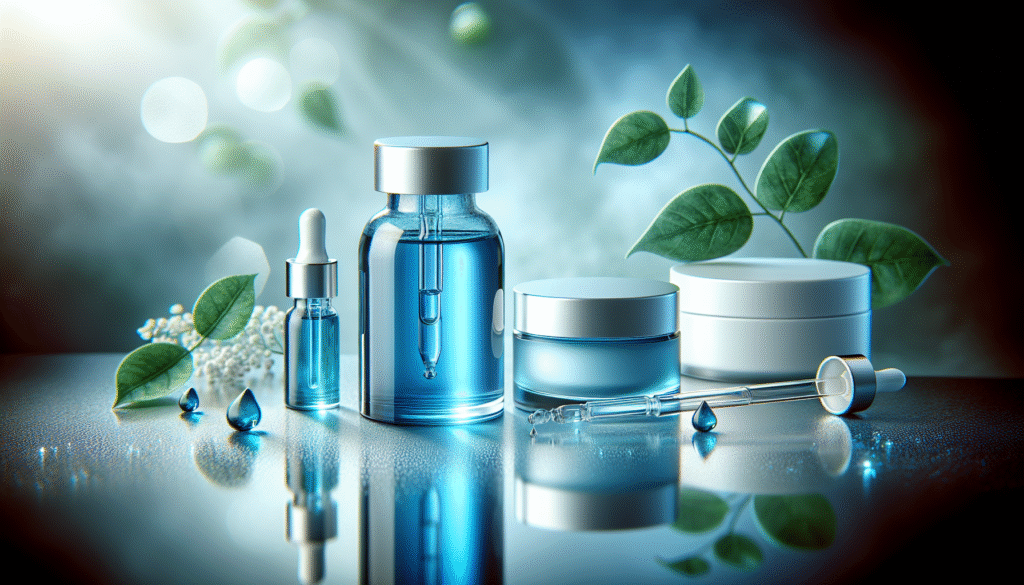
Have you ever wondered about the hype surrounding Methylene Blue in the realm of anti-aging?
The quest for eternal youth has involved numerous substances over the years, and one compound that has garnered significant attention is Methylene Blue. Promoted for its potential anti-aging properties, it straddles the line between scientific fascination and public intrigue. However, with this attention come numerous myths and misconceptions. This article aims to clarify what Methylene Blue is, examine its purported benefits, and differentiate between myths and facts.

Understanding Methylene Blue
Methylene Blue is a synthetic dye that was first created in the 19th century. Throughout its history, it has served various medical purposes, including its use in treating certain types of infections and as a dye in laboratory settings.
Mechanism of Action
At the cellular level, Methylene Blue has been shown to act as an antioxidant. Antioxidants combat oxidative stress in cells, which is one of the contributors to aging. The hope is that by using Methylene Blue, you could potentially slow down the aging process or at least reduce the signs of aging.
Historical Uses
Before diving into its anti-aging claims, it is vital to understand Methylene Blue’s historical context. Originally, it was utilized as a treatment for malaria and later found applications in treating methemoglobinemia. Its efficacy in medical settings gave rise to curiosity about other potential benefits, including those related to aging.
Myths Surrounding Methylene Blue
Despite its historical applications and some scientific backing, Methylene Blue is shrouded in a myriad of myths. Let’s explore these myths in detail.
Myth 1: Methylene Blue Acts As a Miracle Cure for Aging
It’s easy to assume that if a substance has shown positive effects in studies, it can serve as a miracle cure. However, that isn’t the case with Methylene Blue. While research indicates certain benefits, it is essential to view these findings through a lens of skepticism and caution. There is a gap between laboratory results and real-world implications that cannot be ignored.
Myth 2: Methylene Blue is Completely Safe for Everyone
Even though Methylene Blue has legitimate medical uses, it is not devoid of side effects. Some individuals may experience adverse reactions, including skin reactions or interactions with other medications. Consulting with a healthcare professional is crucial before considering its use.
Myth 3: Taking More Methylene Blue Equals Better Results
The assumption that higher doses lead to better outcomes is misleading. While it might seem logical to think that increasing the dosage would amplify benefits, doing so could lead to toxicity and health risks. There is a fine line in dosage that must be respected for safety.
Myth 4: Methylene Blue is a Natural Solution for Anti-Aging
Though Methylene Blue is often deemed “natural” due to its historical roots, it is a synthetic compound. This makes it fundamentally different from other “natural” remedies that may promote anti-aging benefits. Misunderstanding this can lead to misguided expectations regarding its effectiveness.

Facts About Methylene Blue
Research has helped clarify some essential facts about Methylene Blue, ensuring that you have a well-rounded understanding of its role in anti-aging.
Fact 1: Scientific Research Exists But is Limited
While several studies indicate positive effects of Methylene Blue on cellular longevity and health, much of this research is preliminary and often conducted on animal models. The transition from lab findings to human applications requires rigorous testing and validation before any definitive claims can be made.
Fact 2: Methylene Blue Can Enhance Mitochondrial Function
One of the compelling arguments for Methylene Blue’s use in anti-aging is its role in mitochondrial health. Mitochondria are the powerhouses of our cells, responsible for energy production. Research suggests that Methylene Blue may improve mitochondrial function, leading to better overall cellular health.
Fact 3: It May Assist in Neuroprotection
Studies have shown that Methylene Blue may provide neuroprotective benefits, which is particularly intriguing in the context of age-related cognitive decline. By potentially improving blood flow and reducing oxidative stress in the brain, it holds promise as a supportive agent in maintaining cognitive function.
Fact 4: It Requires Medical Oversight
Because of its potential risks and interactions, Methylene Blue should always be administered under medical supervision. Engaging with a healthcare provider is crucial to ensure you are informed about any potential adverse effects and interactions with other treatments.

How Methylene Blue Fits Into Anti-Aging Strategies
With both myths and facts in mind, you may be wondering how Methylene Blue can fit into your anti-aging regimen, if at all.
Developing a Comprehensive Anti-Aging Plan
Consider a holistic approach to anti-aging that incorporates a balanced diet, regular exercise, and skincare, alongside any supplements like Methylene Blue. This multi-faceted strategy can contribute to better overall health and, in turn, may slow some aging processes.
Consultation with Healthcare Professionals
Before introducing Methylene Blue or any other supplement into your lifestyle, consult with healthcare professionals. They can provide tailored advice based on your health history and needs, helping you navigate potential benefits or risks.
Lifestyle Factors
Don’t underestimate the importance of lifestyle choices in the quest for anti-aging. Stress management, quality sleep, and adequate hydration are crucial components that synergize with Methylene Blue’s proposed benefits.
Ongoing Research and Developments
The scientific understanding of Methylene Blue continues to evolve. Stay informed about ongoing research to grasp any emerging knowledge, particularly in its applications in anti-aging.

Potential Side Effects of Methylene Blue
Understanding the potential side effects is critical in navigating your options safely when considering Methylene Blue.
| Possible Side Effects | Description |
|---|---|
| Skin Reactions | Some users may experience rashes or irritation. |
| Gastrointestinal Issues | Nausea or upset stomach can occur in some cases. |
| Medication Interactions | Methylene Blue can interact with certain medications, particularly MAOIs and SSRIs. Consult your doctor about this. |
| Toxicity at High Doses | Overdoses may lead to severe health problems, including hemolytic anemia. |

Conclusion
While Methylene Blue presents an intriguing candidate in the ongoing search for anti-aging solutions, it is critical to separate fact from fiction. The conversation surrounding its potential benefits is not black and white. Ensuring you have a nuanced understanding of both its capabilities and limitations will pave the way for making informed decisions.
The myths surrounding Methylene Blue should not deter curiosity, but rather encourage a deeper inquiry into what this compound can truly offer. Remember to engage health professionals in these discussions and consider the broader context of aging, encompassing not only the scientific aspects but also your overall lifestyle choices.
Yes, the pursuit of anti-aging is fraught with myths, misunderstandings, and alluring promises. However, armed with knowledge, you can navigate this complex realm with clarity and confidence. In the end, the journey towards healthier aging requires a balanced blend of scientific insight, personal health, and informed decision-making.